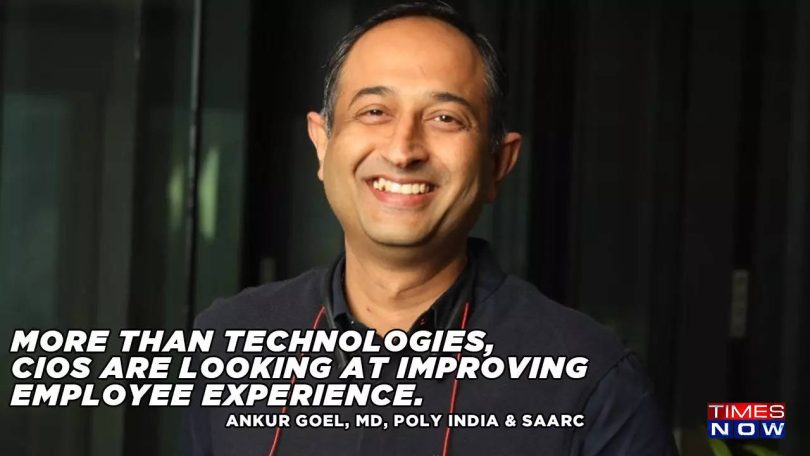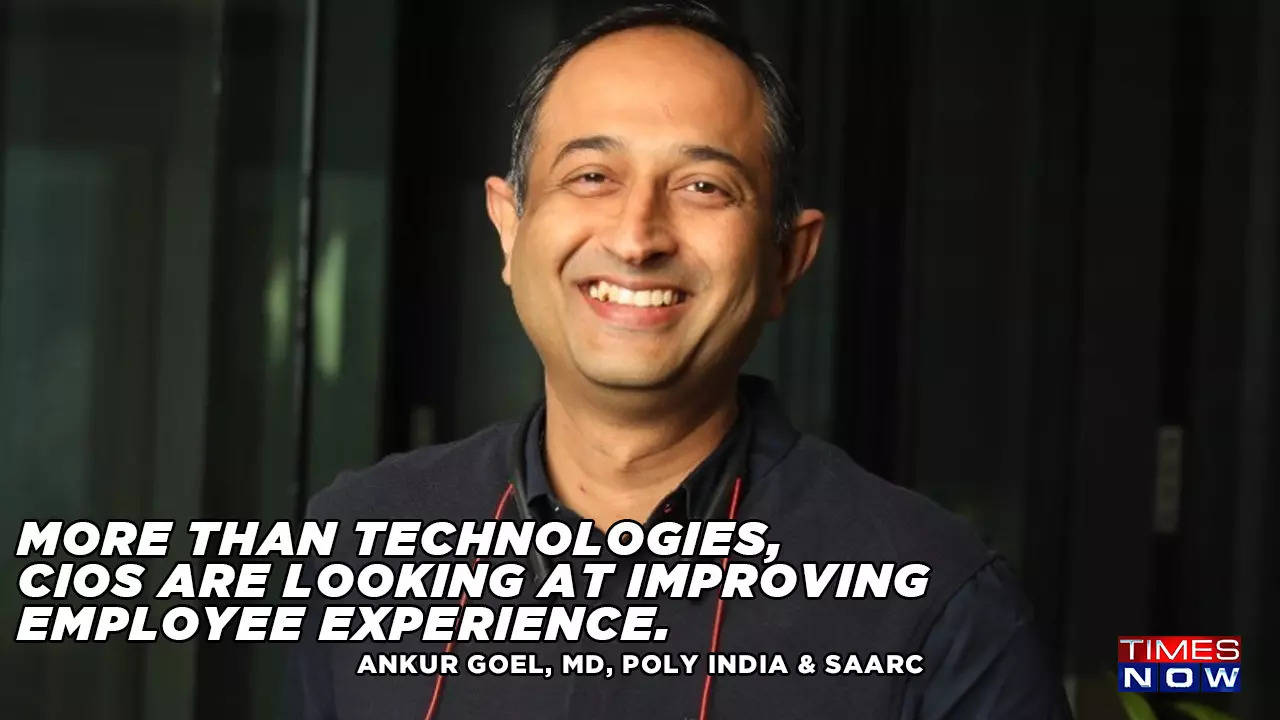[ad_1]
Excerpts
Siddharth: Do you think hybrid work is here to stay? If yes, what are the top 3 considerations that organisations should keep in mind to make hybrid working successful?
Today, work is no longer a place we go to but what we do, regardless of location. In fact, we (Poly) even did a recent study on the future of workplace and work in India, and found out that over 74% of Indian employers believe that hybrid working is the future.
If companies want to retain their staff, make their workplace attractive for employees, they need to take hybrid working seriously. I would say that the top 3 questions that companies should ask themselves while they are implementing hybrid work in the long run are-
- How hybrid will my company be? Will everybody be in the office four days a week and remote on Friday? Or can employees come into the office on two days each week that they choose? Or does everyone only have to come in on the day of the monthly all-hands meeting and are otherwise free to work where they choose? Are there set hours during the day when everyone has to be online and available, regardless of their location?
- What will my office look like? Is the office your traditional office, or will you also have coworking spaces or hubs where remote workers can gather? And when employees are in these workspaces, how will they work? Will desks be assigned or will they be hot desks that workers will need to reserve? What kinds of collaboration spaces do you need to create? Do you need more conference rooms or more huddle spaces?
- How will we support remote workers? With the perception that they need to be “always on” a common complaint, how will you help them balance productivity and well-being? Can you provide them with an equality of presence with employees in the office?
The most important consideration that CIOs and business leaders need to keep in mind while implementing hybrid work on the long run is ensuring that there is meeting equality between all their employees, regardless of location. For this to happen, companies should focus on 3Rs – Refresh, Redesign, and Redeploy their workplace technologies so that they can serve the hybrid workforce.
Related News
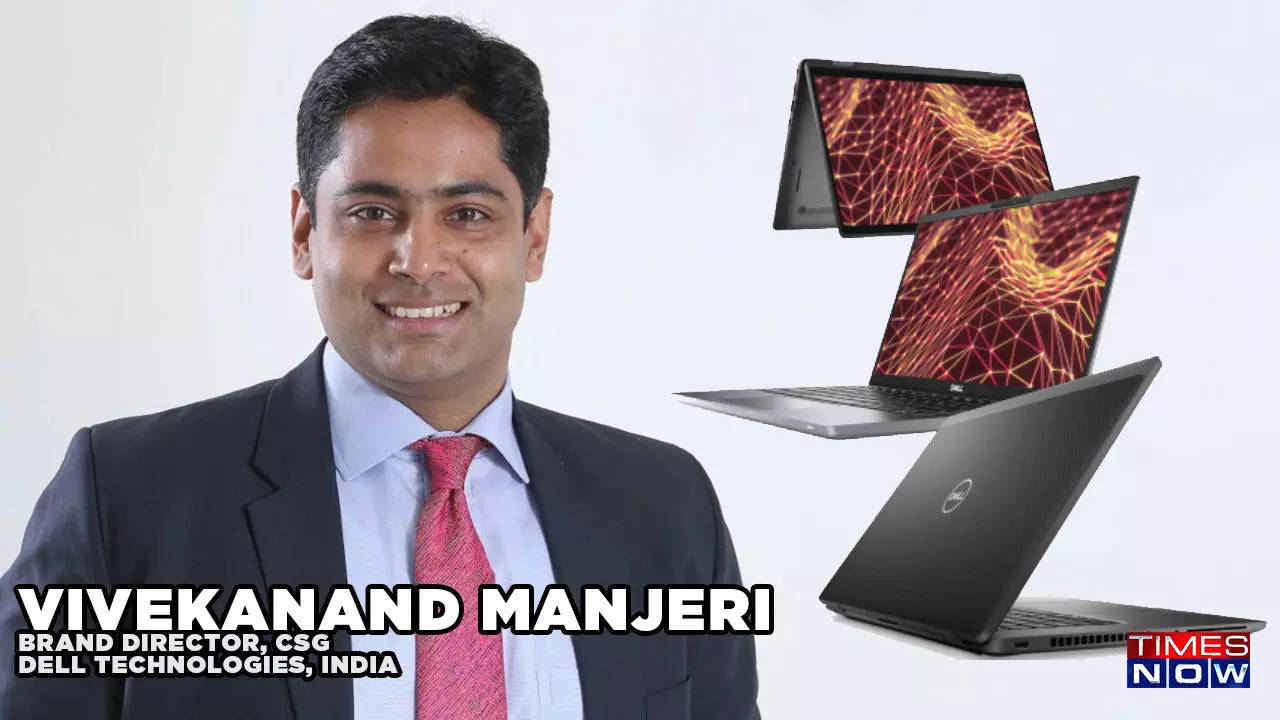
Business laptops aren’t boring. In fact, they’re getting more exciting – Vivekanand Manjeri, Brand Director, CSG, Dell Technologies, India
Siddharth: How is Poly supporting the hybrid workplace?
Ankur: Poly, earlier Polycom and Plantronics, has been providing customers with collaboration solutions for over 60 years. In fact, Neil Armstrong used a Plantronics headset during the Apollo 11 mission to transmit those famous lines, ‘that’s one small step for man, one giant leap for mankind’.
We have a rich legacy and are proud of it.
Poly has the widest portfolio of headsets, video and audio-conferencing devices, desk phones, software and services that connect people with incredible clarity. Our solutions are pro-grade, easy to use, and works seamlessly with all the best conferencing services. We have been serving customers in various sectors – be it IT/ITeS, manufacturing, education, healthcare, or banking for a long time, and have been perfecting our collaboration technology for many years now.
So, whether people are working from home, from the office, or anywhere in between, we have a solution to help them work efficiently.
Our goal is to provide solutions that enable total meeting equality for all workers – regardless of location.
Related News
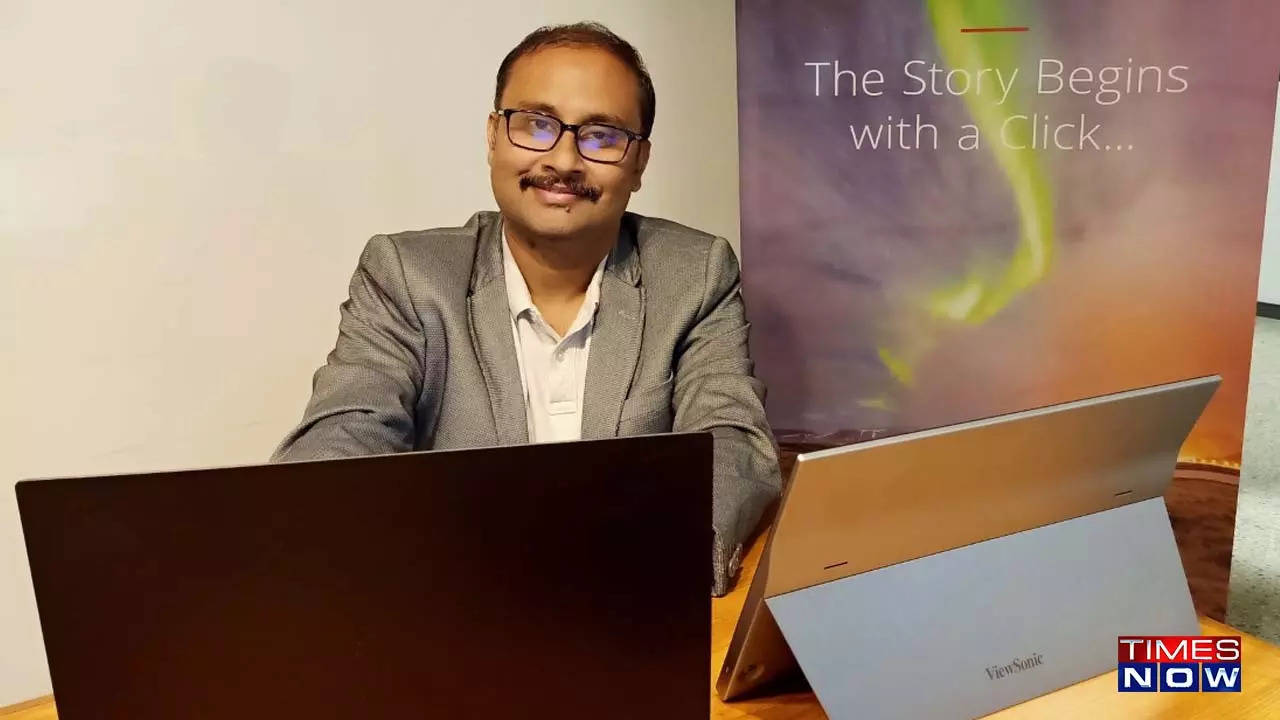
Large screen monitors not only add to productivity, they are good for your eyes as well – Sanjoy Bhattacharya, ViewSonic India
Siddharth: Do you think there is a space in the market for USB cameras?
Ankur: Yes, there is a huge potential. Earlier, webcams were mostly reserved for B2C. But think about organisations today; they are going for hybrid work. They are focused on how they can support their hybrid workforce, and give an office kind of experience while employees are working from home.
For the employees that are coming into the office, they are focused on how they can build more collaboration rooms that are video and audio enabled, and looking at video solutions for smaller huddle rooms. The demand for USB cameras will only increase in the hybrid workplace.
Related News
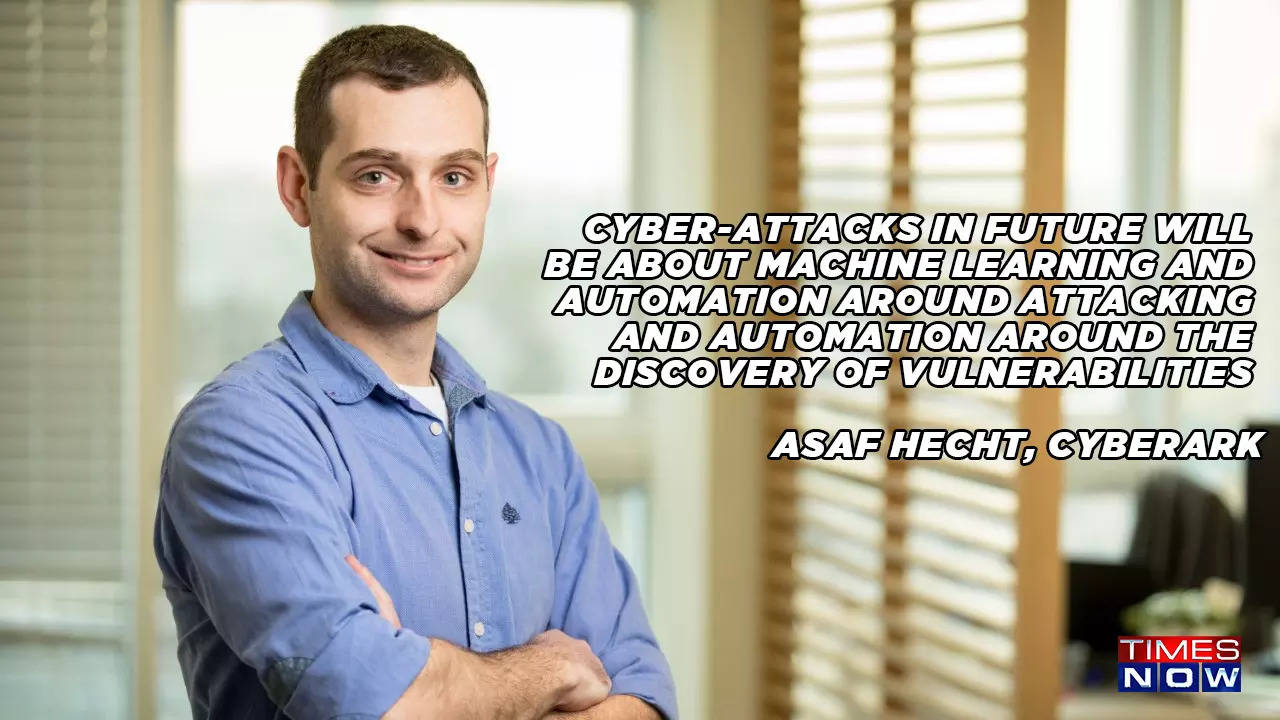
Cyber-attacks in future will be about machine learning and automation around attacking and discovery of vulnerabilities – Asaf Hecht, CyberArk
Siddharth: What are a
Ankur: More than technologies, CIOs are looking at improving employee experience.
Today, the employees have taken the centre stage and CIOs are thinking about how they can support their hybrid workforce and provide the best experience; they are looking at investment protection, and choosing vendors that are platform agnostic and easy to use.
CIOs are thinking about how they can support a multi-cloud environment – be it Microsoft Teams, Zoom, or so many other platforms, and looking for devices that can work with every cloud platform.
CIOs are also realising that in a hybrid work setup, there is no one size that fits all, and they need to ensure that they match different workstyles and employee behaviours to the right collaboration technologies to power successful hybrid workspaces. At Poly, we call this understanding ‘workplace personas’ and outfitting each persona with a collaboration solution that helps them stay engaged and productive during their workday.
Related News
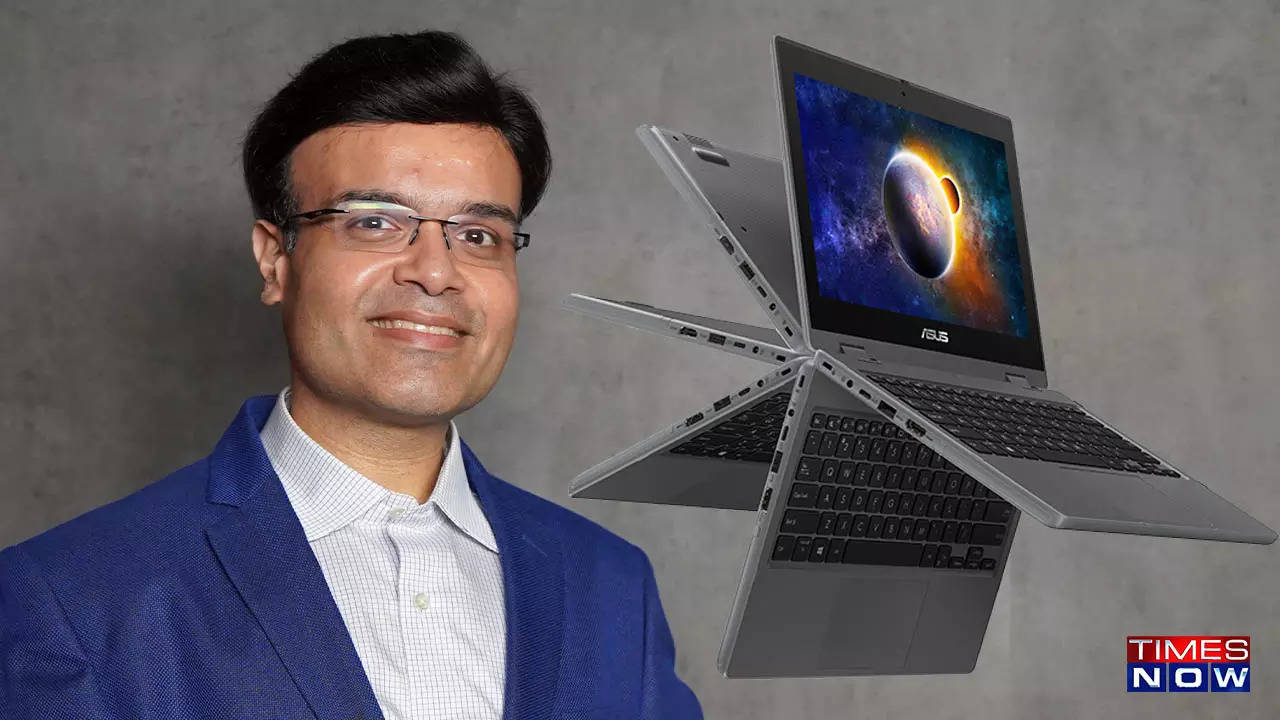
We have tried to balance performance and price with the BR 1100 – Dinesh Sharma, ASUS India
Siddharth: Could you elaborate on workstyle personas? How does Poly support different workstyle personas?
Ankur: Poly has been researching workspace personas for more than a decade, and our research shows that 92% of employees in an enterprise can be categorized into six different workstyles.
Each of these workers has unique needs that range from their preferred style of communication to the locations they want to work from. Therefore, equipping them with the right collaboration tools for where and how they work is critical for maximizing their productivity. By understanding the workstyle personas, companies can use the insights as building blocks to create a technology strategy that meets the needs of every employee.
For instance, a CXO’s expectation of a meeting experience is vastly different from that of a programmer.
Understanding each workstyle’s preferences for how and where they plan to work helps promote employee confidence and engagement and puts people on an equal footing no matter where they’re located – Poly calls these workspace personas.
We recently also launched a virtual demonstration studio in Gurgaon so that customers can understand different workstyle personas and the technologies they need to invest in to make them feel productive.
[ad_2]
Source link


